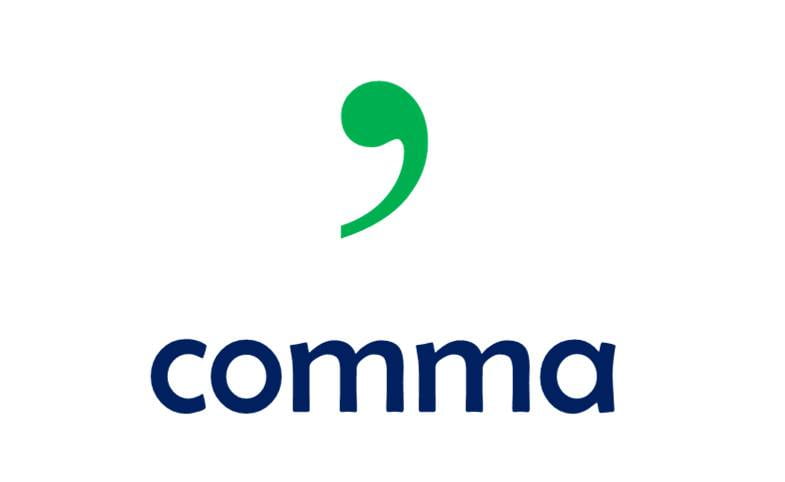Commas

Commas are used for several reasons:
.
1. To indicate natural pauses
Commas are used when a person would normally pause briefly when reading a sentence. It is the shortest pause that can be indicated by a punctuation mark, and is needed to ensure that the sentence makes sense.
Normally, a comma will be used when two independent clauses, or to separate a dependent clause from an independent clause.
For example:
When he saw the pirate ship on the horizon, the captain sounded the alarm.
Tim was angy at his sister, and his father was angry at him.
It was a very hot day, which is why we decided to go to the beach.
Let’s eat, Grandma! (as opposed to: Let’s eat Grandma!)
Have you two met, Sarah? (as opposed to: Have you two met Sarah?)
This is trickier than it first appears. People can overuse commas and use them when a full stop is the piece of punctuation which is acutally required. Read through this document for an excellent overview of when the joining comma should be used to indicate a pause: The Joining Comma.
.
2. To add extra information to a sentence
Commas are used to indicate where extra information has been added to a sentence. The commas show that these words could be taken out and the sentence would still make sense.
For example:
Paul Mann, our star player, broke his leg in the match on Saturday.
Our cat, Muffin, thinks she runs the place.
Our friend, who just moved from Sydney, doesn’t like Melbourne’s cold winters.
.
.
3. To separate items in a list
If three or more objects, events, things, etc are listed in the one sentence, they should each be separated by a comma. Here, the comma is replacing the word ‘and’. You do not need to use a comma before the final ‘and’.
For example:
I like writing stories, poems and letters.
I ran out of the house, across the road, into the front garden and onto their varanda.
Remember that you need to buy eggs, milk, flour and oranges.
.
.
Video Demonstrations:
.
Comma Worksheets:
-
Commas – Lists (English Basics 1 Page 82)
-
Commas – Pauses (English Basics 1 Page 52)
-
Commas (Literacy Punctuation Pack)
-
The Joining Comma (explanation and examples)
-
Embedded Clauses and Commas

Recent Comments